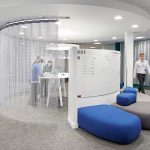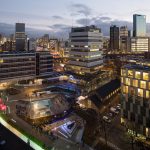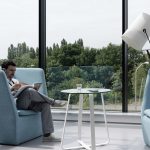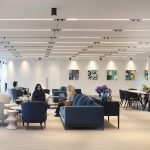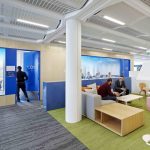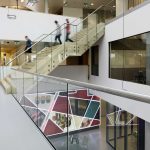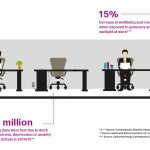Absenteeism, presenteeism and workplace stress are some of the biggest challenges employers face today. The pace of life is getting faster too, and society’s preoccupation with living well, and for longer, means businesses are under pressure to provide ways and means for employees to feel good, so they can perform at their best.
While corporate health and wellbeing programmes aren’t anything new, the following pages show that the workplace wellbeing agenda is starting to reach new heights. For the first time ever, four generations are working side by side, sharing ideas and perspectives and inspiring change in the nature of work and how we manage and support people, with the youngest of these generations wanting more flexibility and control of how, when and where they work.
Fierce competition for the brightest staff is driving businesses to invest more in ways to attract and retain the best people. Reducing workplace-induced illnesses is also a priority; stress is ‘the health epidemic of the 21st century’ according to the World Health Organisation, leading to absenteeism, demotivated staff and workplace accidents, having a big impact on productivity and bottom lines.
With all of this in mind, we’re taking wellbeing in the built environment seriously, gathering evidence from the companies and cities that are putting designs and strategies in place that attract, motivate, inspire and support staff.
We believe good health isn’t just the absence of illness, and that supporting employee wellbeing is a journey that considers not only a person’s physical but psychological, emotional, material and spiritual state of being.
But how do we know that the workplace wellbeing agenda isn’t just a passing fad? We invited a panel of workplace experts to share their insight into the relationship between wellbeing and organisational performance, and the benefits of making organisations healthier and happier places.
All too often, employee health and resilience are undermined by things like workplace noise and poor lighting and ventilation. In this issue of See Further, we look at the world’s first building certification focusing exclusively on human health and wellness — the WELL Building Standard — discovering what it will mean for developers, occupiers and future best practice in building design.
We also investigate how strategic workplace design is inspiring and supporting employees at The Estée Lauder Companies and increasing job satisfaction by around 60 per cent; take a look at how clever lighting design is keeping scientists’ body clocks in check at Halley VI Research Station in Antarctica; discuss how to design buildings that are green and good for those who work inside of them; draw links between building community resilience and encouraging individual wellbeing in Rotterdam, Netherlands; and speak to Rolls‑Royce about its LiveWell Certification Scheme, where employees are encouraged to make healthy choices so they can be at their best.
Exploring these real-world examples, in our first Without Limits issue dedicated to workplace health and wellbeing, throws a spotlight on how businesses can ensure their people are well, engaged and satisfied in their jobs, to drive productivity — and how work could actually be good for you.







